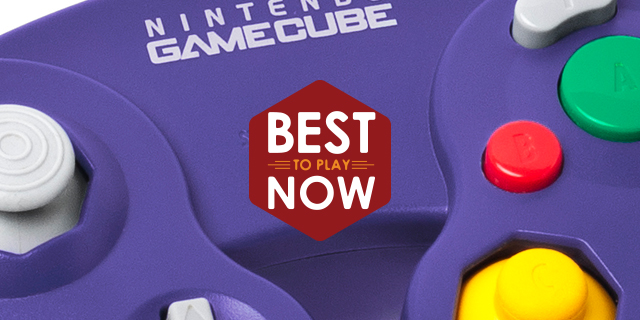
Everyone does Top 10 Games lists. The problem with those? Usually, they’re full of games that earn a place because of nostalgia or industry significance. Here at Snackbar Games, we like being a little more practical: if you’re looking to just have fun, what games should you pick up and play today? This time, we grab the indigo box by the handle and take a look at the GameCube.
Paper Mario: The Thousand-Year Door
The original Paper Mario came out very late in the N64’s life cycle, and as a result, many missed out on this still-beautiful gem of a game. With Paper Mario: The Thousand-Year Door, Intelligent Systems strove to improve the formula for a new generation of hardware and completely succeeded. This 2004 sequel has Mario journeying through the land of Rogueport while trying to rescue Princess Peach (again), meeting quirky new friends like Goombella and Professor Frankly and collecting crystal stars to open the titular Thousand-Year Door. The 2D sprites against the 3D background look fantastic, the buddies are a treat and the scenarios (particularly the coliseum section) worked well to set the pace. It’s a joy to play, and a respectable continuation of the Mario RPG series. – Henry Skey
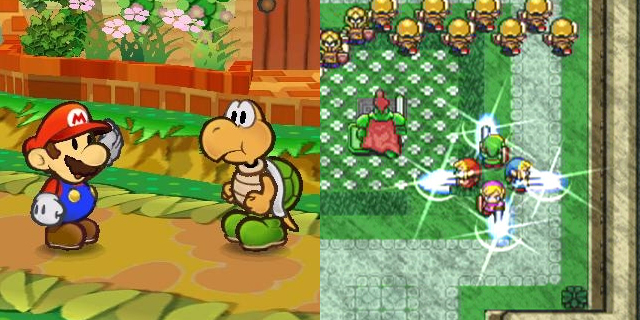
The Legend of Zelda: Four Swords Adventures
One of the best ways that a game can endure is to use the particular strengths of a console to its fullest. Four Swords Adventures uses the GameCube’s unique Game Boy Advance link cable to deliver a multiplayer experience that cannot be replicated on any home console. By giving each player a separate screen, it encouraged splitting up and exploring the environment. The game evolves into a tense mix of fickle cooperation and competition that makes for one of the most distinctive multiplayer experiences ever released. – Chris Dominowski
Baten Kaitos Origins
Good RPGs are hard to find on the GameCube, but would you believe that the original Baten Kaitos and its sequel, Origins, were two of the best from that entire generation of consoles? They may be easy to overlook, but both games exhibited a remarkable and original battle system that stood out from your typical turn-based RPGs of the time. While I consider the original Baten Kaitos to be a classic, Origins is a perfect game to pick up thanks to its improvements to the battle system and presentation. Some people may prefer the original (which is still well worth playing), but this prequel stands on its own and is a great introduction to the gameplay mechanics and the world. You’ll be hard-pressed to find anything else like it, and it’s a worthy addition to any GameCube owner’s collection. – Andrew Passafiume
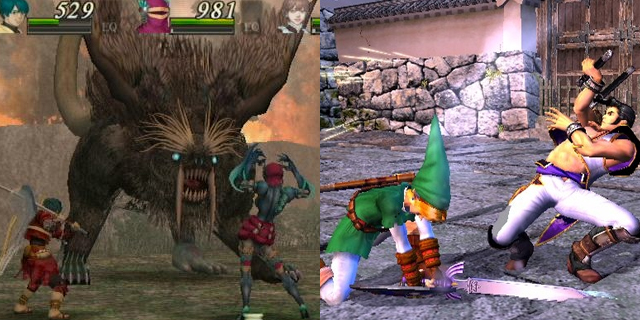
Soul Calibur II
The GameCube didn’t get a lot of fighting games, but with Soul Calibur II there really wasn’t much need for any others. This was the first (and thus far only) time the Soul Calibur series would appear on a Nintendo console (ignoring that one spin-off), and some critics believed the GCN version to be the superior of the three. Having Link as a guest character (compared to Heihachi or Spawn) was a big plus, while others pointed to the GCN controller’s unusual button layout as better enabling the series’s combo inputs (assuming you assigned Block to the central A button). Whatever the reason, SC2 was the gold standard for fighting games during this time, and it still holds up incredibly well today, especially as the series started to take some weird turns in subsequent editions. – Chris Ingersoll
Viewtiful Joe
Capcom and Clover Studios took the side-scrolling beat ‘em up genre and almost perfected it with 2003’s Viewtiful Joe. The combination of new gameplay twists (being able to slow down and speed up time) and creative level and enemy design was something to behold. To top that off, you have some of the tightest, most precise controls you’ll ever see in a game like it. All of this adds up to a challenging and rewarding experience for gamers looking for a game that knows exactly what it wants to be and is always attempting new, crazy things. Because of this (and more), Viewtiful Joe is worth treasuring. – Andrew Passafiume
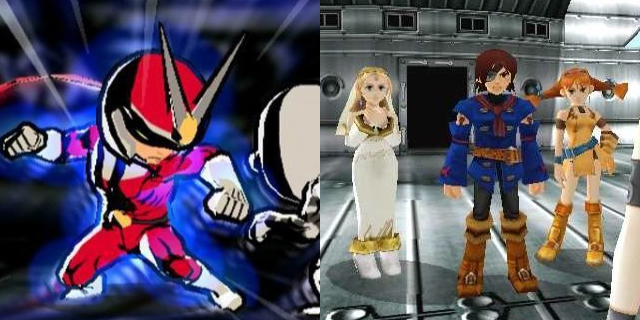
Skies of Arcadia: Legends
Originally released on the Dreamcast, Skies of Arcadia takes the best part of most JRPGs — getting access to an airship — and builds an entire world around it from the very beginning. Just about everything that would be conjured in your mind by the words “sky pirates” is in here: ship-to-ship combat, discovering strange landmarks, hidden treasures, bounty hunting, an evil empire, a secret base and much more. The GameCube “Legends” edition fixes some of the problems of the original (including a crazy-high random encounter rate), and adds in some additional content to make this the definitive version of one of the best RPGs of all time. – Chris Ingersoll
F-Zero GX
How fast do you like your racing games? Chances are, unless you’ve played F-Zero GX, it isn’t fast enough. The F-Zero series has always been about high-speed races, but GX took it to an entirely new level. The game’s high speeds and difficult story mode drove some people away, but trust me, if you stick with it you’re in for the most rewarding racing game experience around. The chances of us seeing a new F-Zero game seem to be almost nonexistent, so take this time and play what could be the best racing game Nintendo has ever published. – Andrew Passafiume
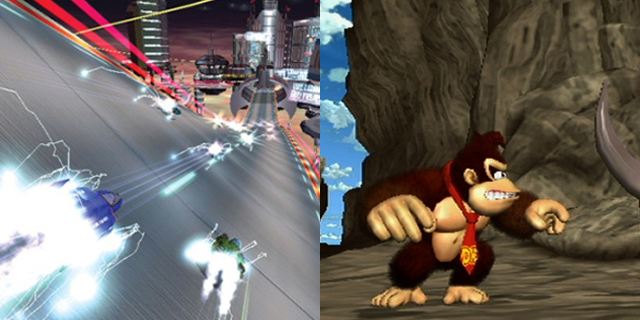
Donkey Kong Jungle Beat
Would you believe that the DK Bongos are actually worth owning? Donkey Kong Jungle Beat is one of the best games in the franchise, combining some excellent level design with a control scheme that is surprisingly intuitive and satisfying. Controlling Donkey Kong with a pair of bongos is something that might take some time to get used to, but once you get a hang of the controls you’ll find jumping around and attacking just as easy as it would be with a traditional controller. There is a New Play Control version available on the Wii which is a decent compromise, but nothing compares to using the original control scheme. If you’re a Donkey Kong fan who hasn’t played this strange and addictive title, you’re missing out on one of the best GameCube games around. – Andrew Passafiume
Lost Kingdoms II
The first Lost Kingdoms was a strange hybrid of action-RPG and card collecting that was unfortunately a little unbalanced and clunky at times but otherwise a solid, if brief, offering. Lost Kingdoms 2 fixed pretty much all of those problems and really refined the original’s concepts in basically every way. Customizing decks, upgrading cards and even capturing enemy monsters Pokémon-style all combine with more traditional action-RPG elements to make Lost Kingdoms 2 something more than the sum of its parts. While it may not be the prettiest GCN offering despite its release later in the system’s life, Lost Kingdoms 2 provides an interesting take on the genre that was sadly never really explored again. – Chris Ingersoll
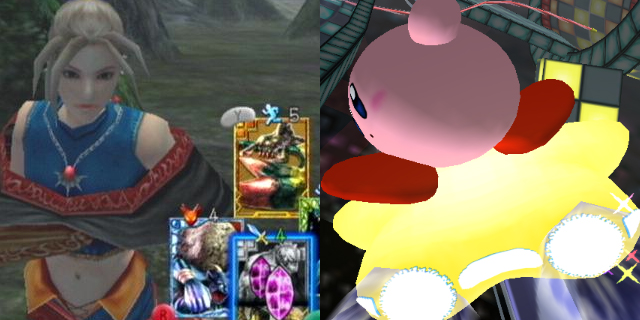
Kirby Air Ride
While the game generally has a bad reputation for its long development cycle and relatively shallow gameplay, Kirby Air Ride can absolutely rule a party. Whether it’s in the gather-powerups-and-take-on-challenges City Trial mode, the overhead-view, single-screen Top Race option or just a straight-up race, the game’s super-easy to pick up and play and knowing powerups and vehicles does add some skill to the mix. (Also, if you like unlocking things, the game uses a Super Smash Bros. Melee-like goal interface with usable rewards.) – Graham Russell



















